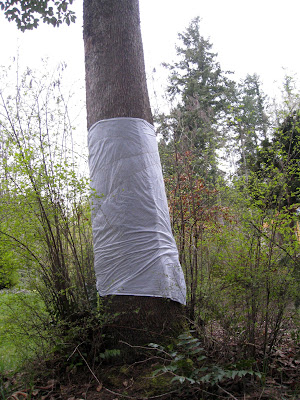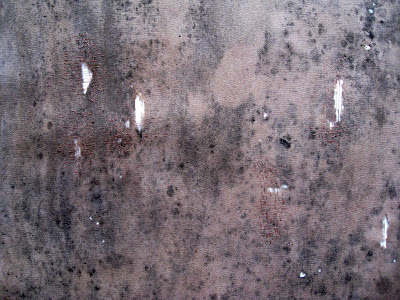
'In Praise of Ironing'
It has to be spread out, the skin of this planet,
has to be ironed, the sea in its whiteness;
and the hands keep on moving,
soothing the holy surfaces.
poem by Pablo Neruda

I continued to search for a way to respond to the marks the tree left on the cloth.
I rejected making a bed and decided laundering them would remove the marks.
Could I just iron the sheets and fold them up?

(Source: Google Images, extreme ironing)
My research showed much belittling of the domestic activity of ironing so the action would not necessarily strengthen my work.
Pablo Neruda's poem 'In Praise of Ironing' uses ironing as a metaphor for controlling natural biological processes, the antithesis of a harmonic relationship I wished to express in my work.










































